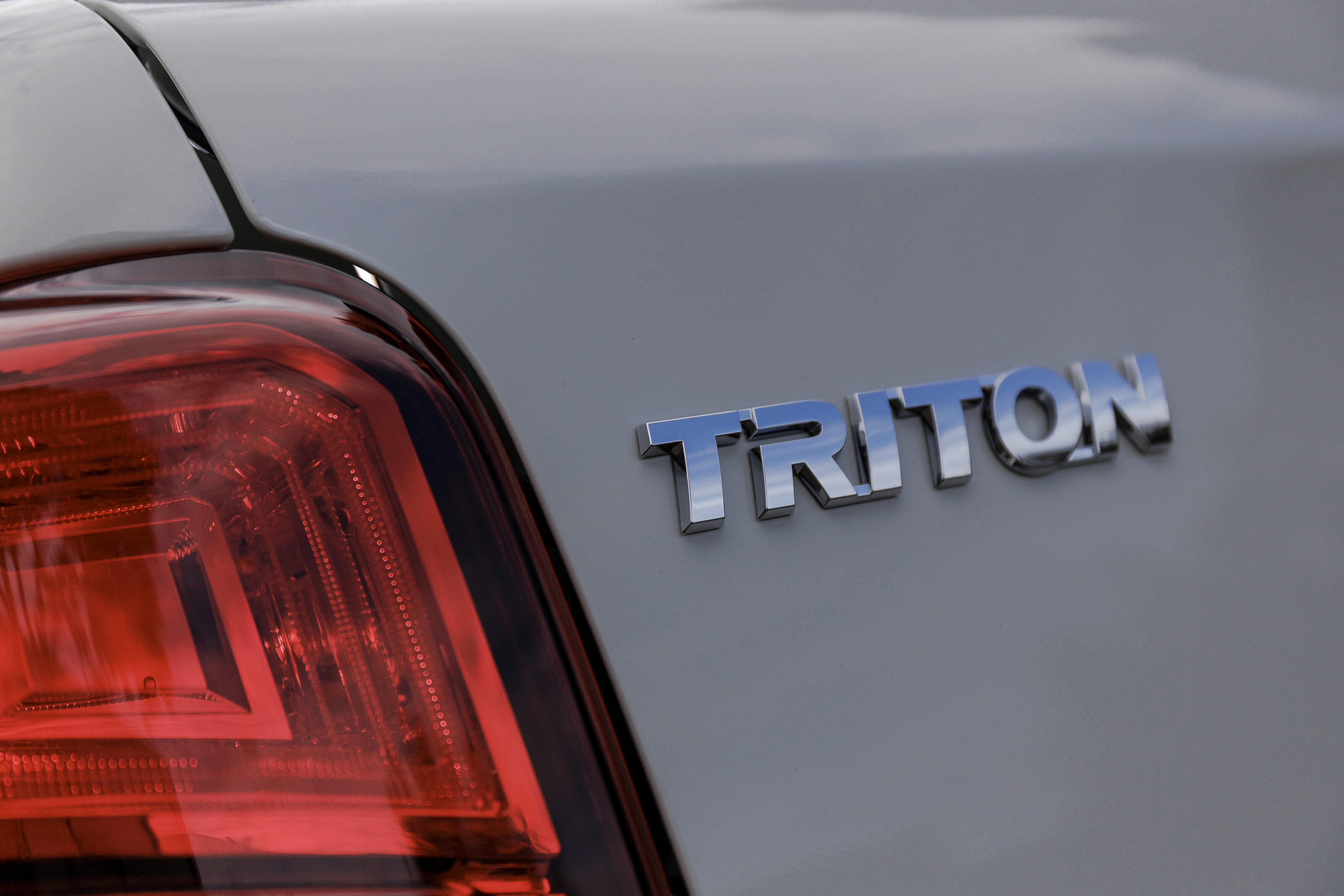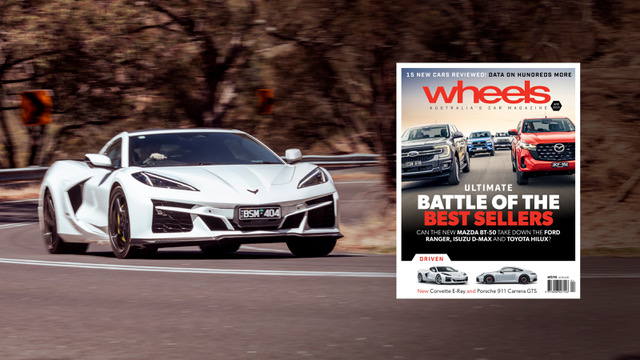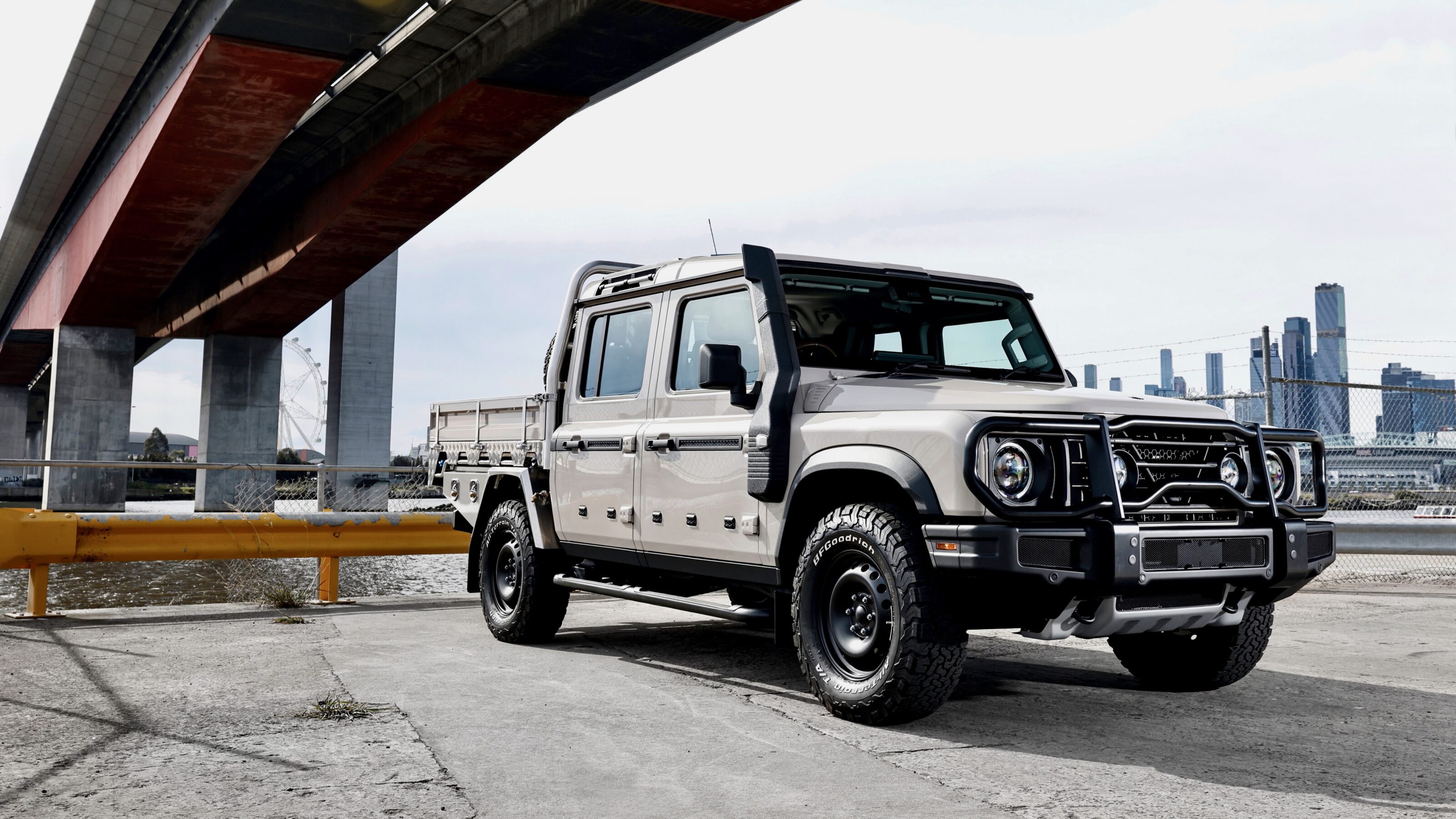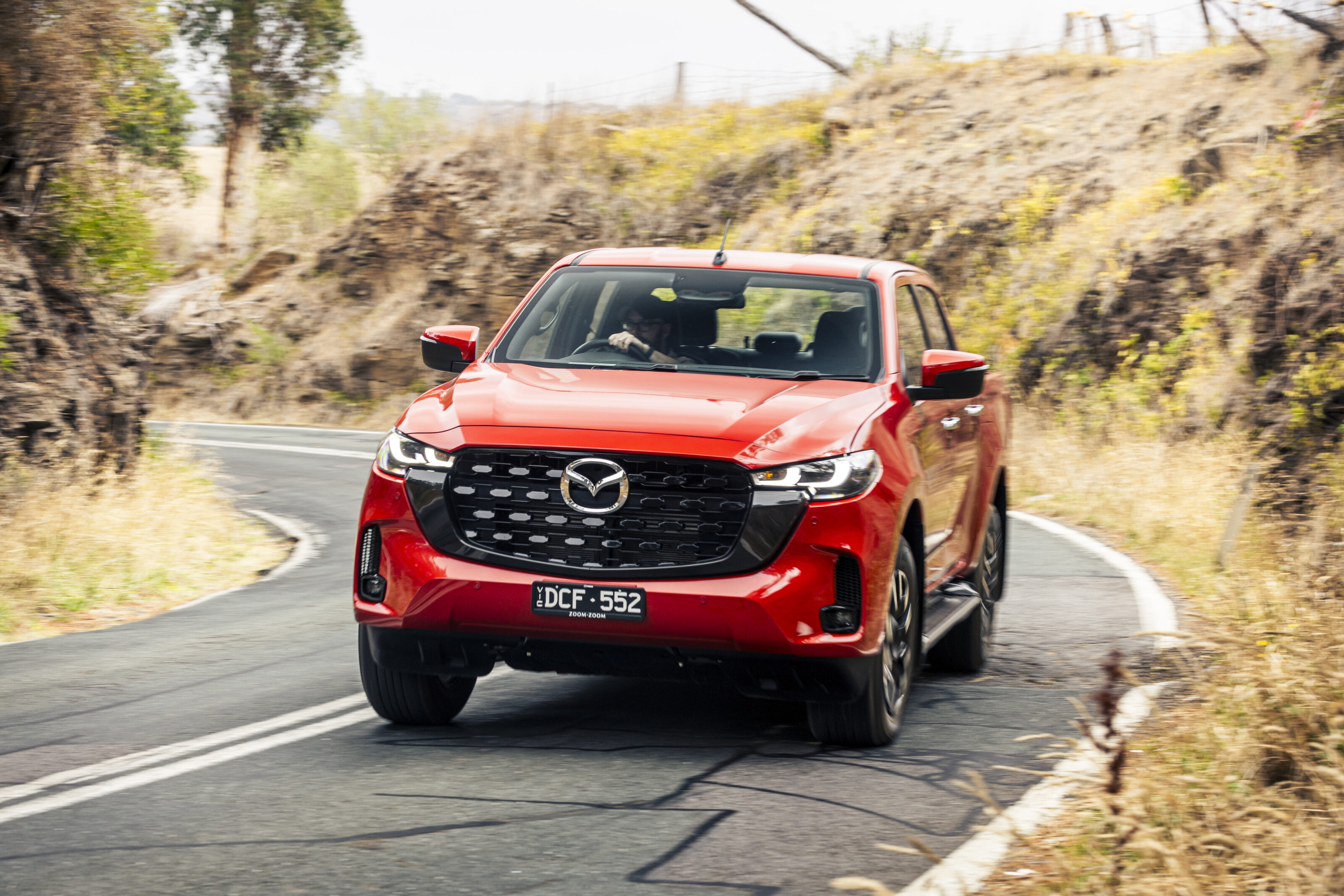Mitsubishi is not interested in being the first company to bring an electric ute to Australia, because, the local boss says, the Triton is a workhorse and “not a showpony”.
Speaking with Wheels, Mitsubishi Australia’s CEO, Shaun Westcott, poured cold water on the idea of an electrified Triton – either plug-in hybrid (PHEV) or full-EV – coming anytime soon because he says the types of electric utes currently available don’t meet the needs of its customers.
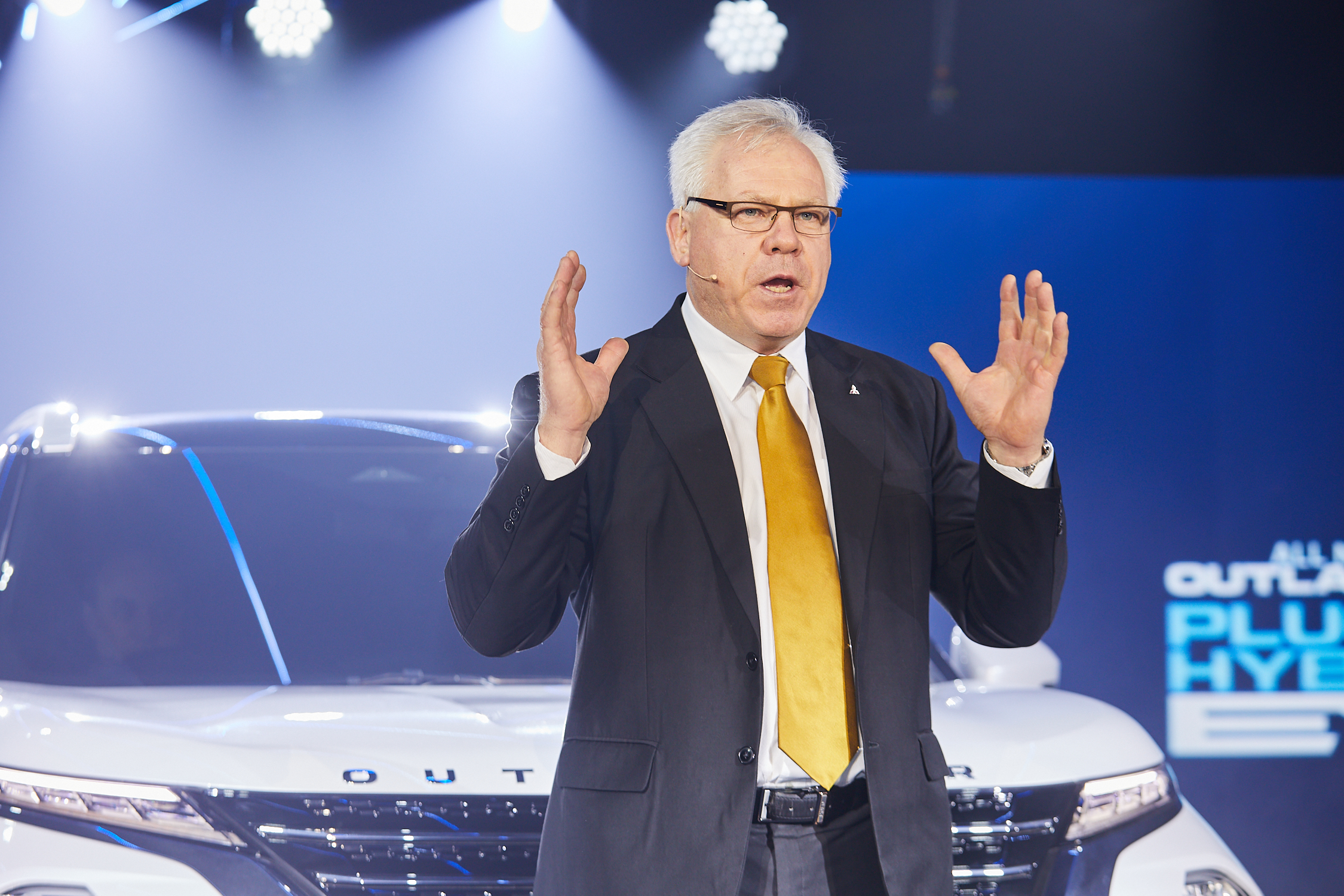
“There are people that develop show ponies and there’s a place for show ponies. That’s fine. But we understand who our core target market is, and that’s middle income Australia, working Australia,” he told us.
“And we need to produce a product that is of value to the mass market – for farmers, tradies, people that deliver that work, who drive the economy of Australia.
“There are some companies, particularly out in the US, that have grabbed headlines by saying ‘we’ve developed an electric ute’. But the reality of a ute is that our customers buy them because they are workhorses.”

Mitsubishi’s next-generation Triton is steadily approaching the showroom, with a global debut expected in mid-2023 with an Aussie arrival in 2024.
However, while Mitsubishi’s local office has voiced its desire for a hybrid variant – whether a regular hybrid or a more capable plug-in hybrid (PHEV) – Mitsubishi Motors’s top brass says that an electron-enhanced version of its workhorse Triton has yet to be locked in, and certainly won’t be available at launch.
Late last year, Mitsubishi’s head of EV powertrain engineering and development Takashi Shirakawa, also told Wheels the chances of seeing a hybrid Triton – whether PHEV or otherwise – by the end of 2025 were unlikely at this point.
“We are trying to introduce the electrified [Triton] application in the 2020 period, not after 2030,” he said.
“We’re trying, but we don’t know if it will happen or not – it depends on whether we can reduce the cost.”

Asked why the cost was proving so prohibitive for Mitsubishi, Westcott said it was because the Japanese carmaker is focusing on more typical ute capabilities for its future electrified vehicles, rather than driving range.
“Payload and towing capacity are critical. Now, what no one tells you until you until you pull away the veil of secrecy, and I’m not naming names, is that vehicles [current electric utes on sale] do not have payload and carrying capacity because they’re carrying their own weight in batteries,” he said.
“And that’s the problem you have with the ute is that it’s a workhorse and you still need to provide people with payload and towing capacity. And that’s the biggest challenge that any motor manufacturer faces at the moment, is to get enough battery density, because the technology in lithium batteries doesn’t yet give us the battery density – which is the amount of energy you can store per square centimetre – is still not where it should be.
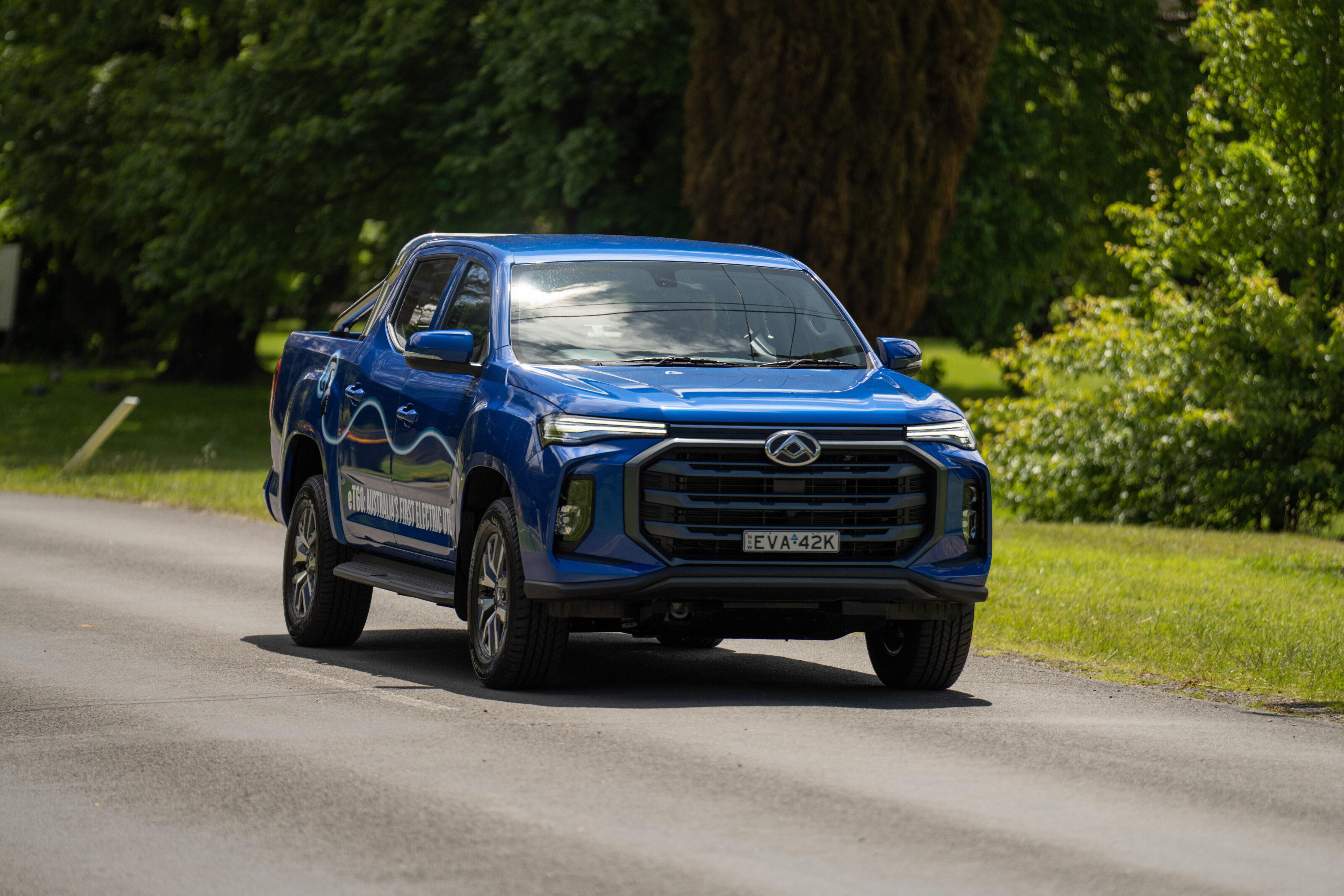
“So there’s a lot of research going into battery technology because we almost need a step change, I won’t call it a quantum leap, because of the size and the weight of the ute you need so many batteries that it takes away the payload and the towing capacity. That is the big conundrum that we face at the moment. And that’s what we are working on. And that is why, as a transition technology, we think PHEV is the answer for Triton – but I can’t tell you exactly by when.”
In November last year, the LDV eT60 became the first electric ute to go on sale in Australia, costing from $92,990.
The LDV eT60 has a 1000 kilogram braked towing capacity – a third of the diesel T60’s. Its 1000kg payload, however is actually higher than the regular range – which is rated at 750kg for the flagship Luxe and 935kg for the entry-level Pro.
We recommend
-
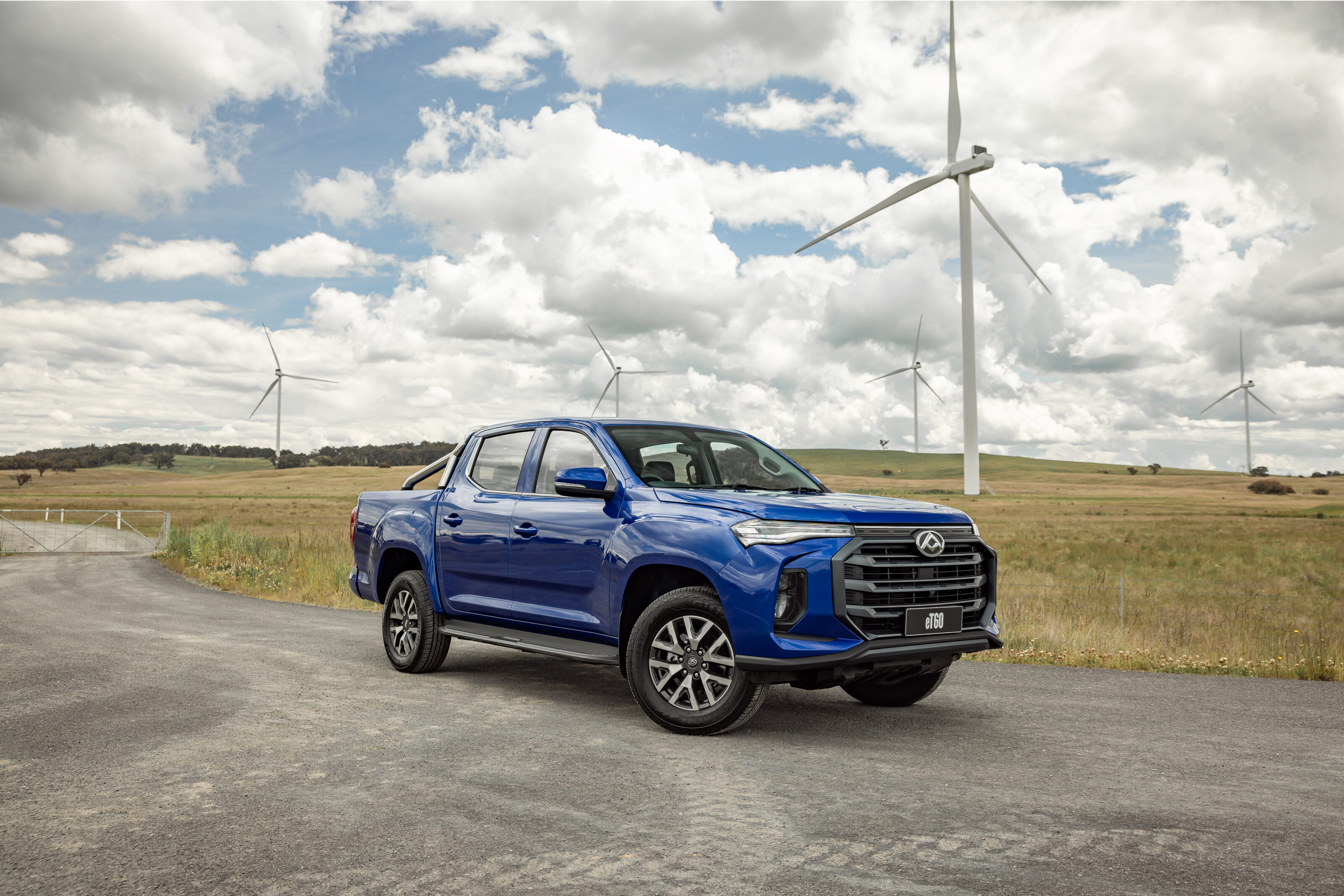 News
News2023 LDV eT60 pricing and features: Australia's first electric ute
Pricing for Australia’s first ever electric dual-cab has dropped. And it’s a lot higher than expected…
-
 Reviews
Reviews2023 LDV eT60 review: Electric ute driven
Can Australia’s first electric dual-cab revolutionise the segment? Let’s find out.


